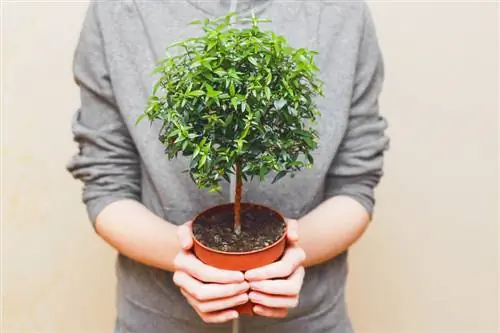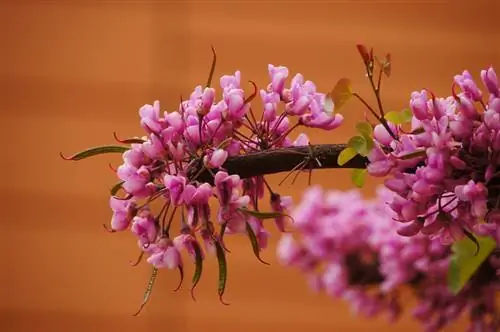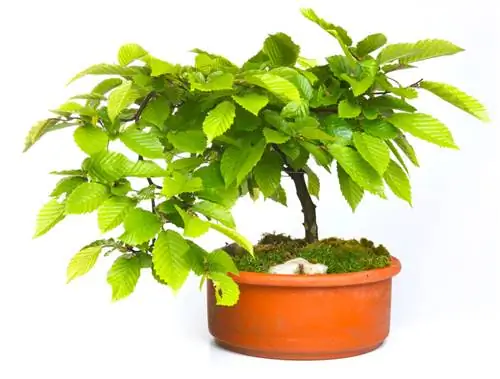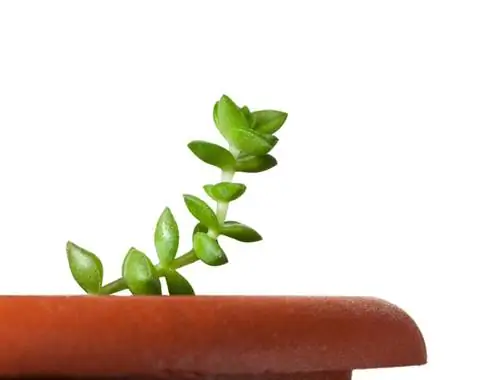- Author admin [email protected].
- Public 2023-12-16 16:46.
- Last modified 2025-01-23 11:20.
The thick-leaf family is very large and diverse. Plants from this variety are not suitable for growing as bonsai. The money or penny tree, also called jade plant or jade tree, is perhaps an exception.
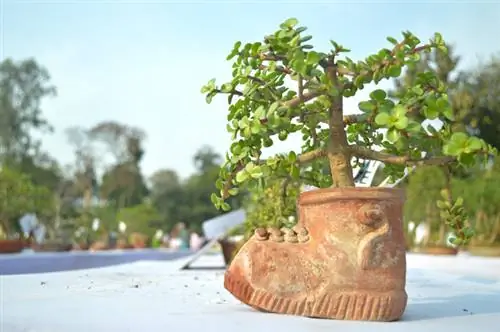
Which thick leaf is suitable as a bonsai and how do you care for it?
Crassula ovata, also known as the jade tree or jade plant, is well suited as a thick-leaf bonsai. Care includes removing lower leaves, cutting branches, selectively shortening new shoots and providing sufficient light. Little watering and moderate fertilization support he althy growth.
Which thick leaf is suitable as a bonsai?
Crassula ovata, also known as the jade tree or jade plant, is quite suitable as a bonsai. This thick leaf is often confused with Portulacaria afra, but is not related to this plant, which is also known as the jade plant. In its homeland, the jade tree grows to around two meters tall and has a tree-like habit. This makes this thick-leaf plant particularly suitable as a bonsai.
How do I grow a bonsai?
In the period from April to September you can grow your thick leaf into a bonsai. Aim for tree shape, then remove the lower leaves. Then cut off branches growing crosswise and inwards. Wiring is also possible with thick leaves, but only with branches that are already slightly woody.
Cut new shoots to your desired length. New shoots form, which are shortened to two to three leaves. The cuts on thick leaves will heal more quickly if you leave the shoots about a centimeter longer than desired. The end of the shoot then dries and can then be easily removed.
Suitable growth forms for the thick leaf:
- Cascades
- Half cascades
- Tree shape
- Wires only in exceptional cases
How do I care for a bonsai?
As a bonsai, the thick leaf is basically not cared for any differently than usual. So it needs a lot of light for he althy growth and strong leaf color. Pale leaves and thin shoots indicate a lack of light or a too warm winter.
Do not water your thick leaf too much and plant it in a pot with a drainage layer. In this way you avoid waterlogging and, as a result, root rot and falling leaves. In winter the thick leaf needs less water. It is only fertilized moderately during the growth phase and not at all in winter.
Tip
If your thick leaf gets too much water, it will lose its leaves quite quickly, and root rot is also a common result of excessive watering.



